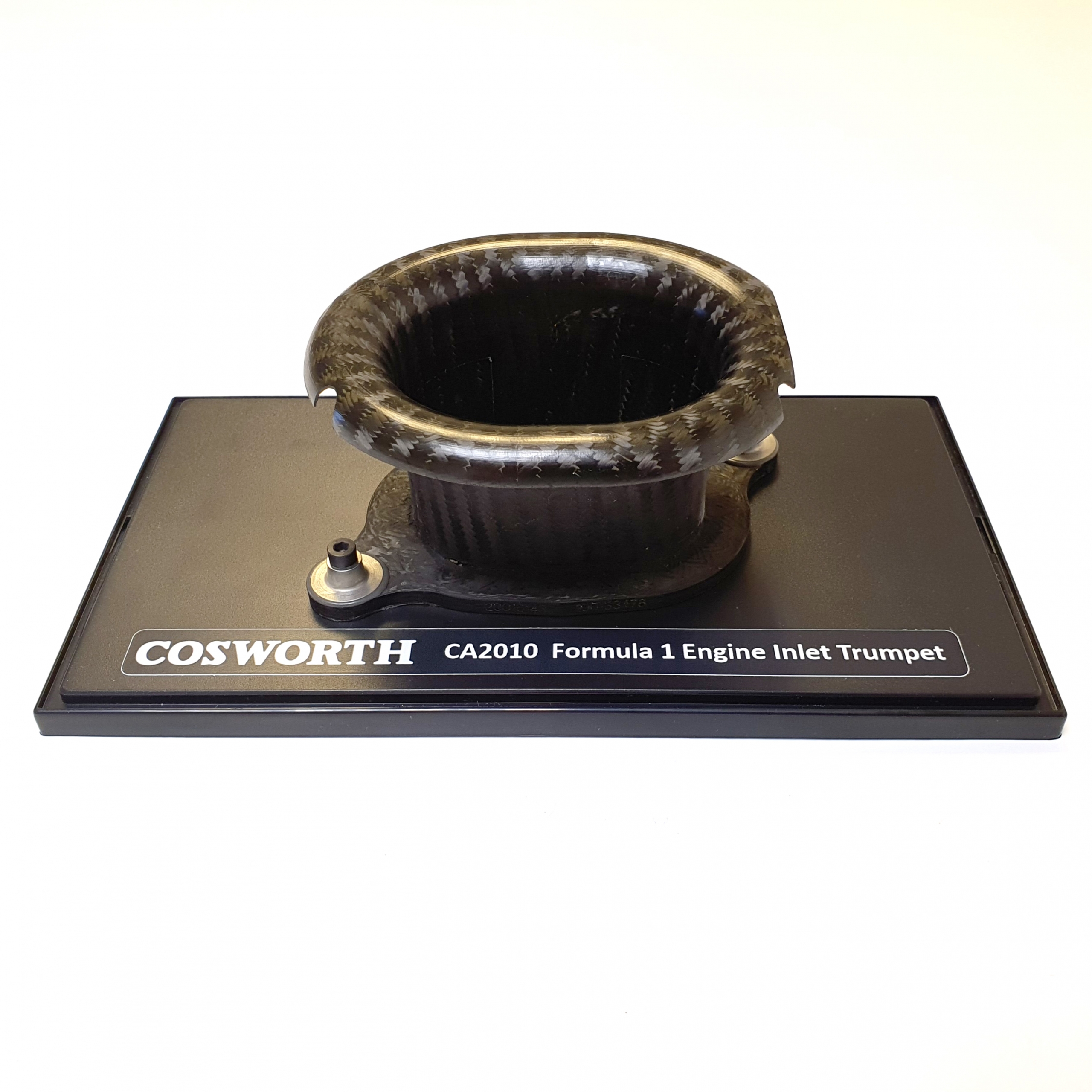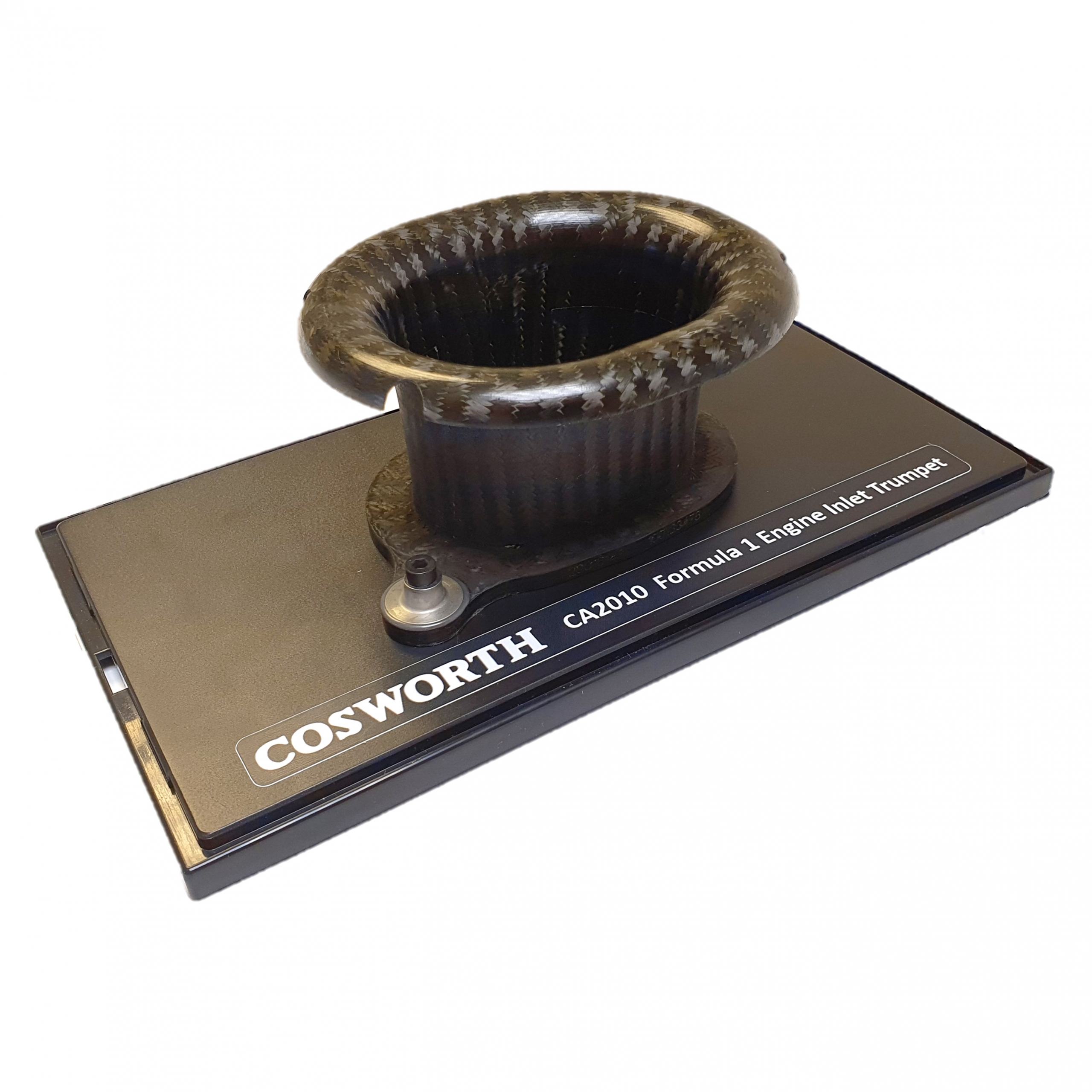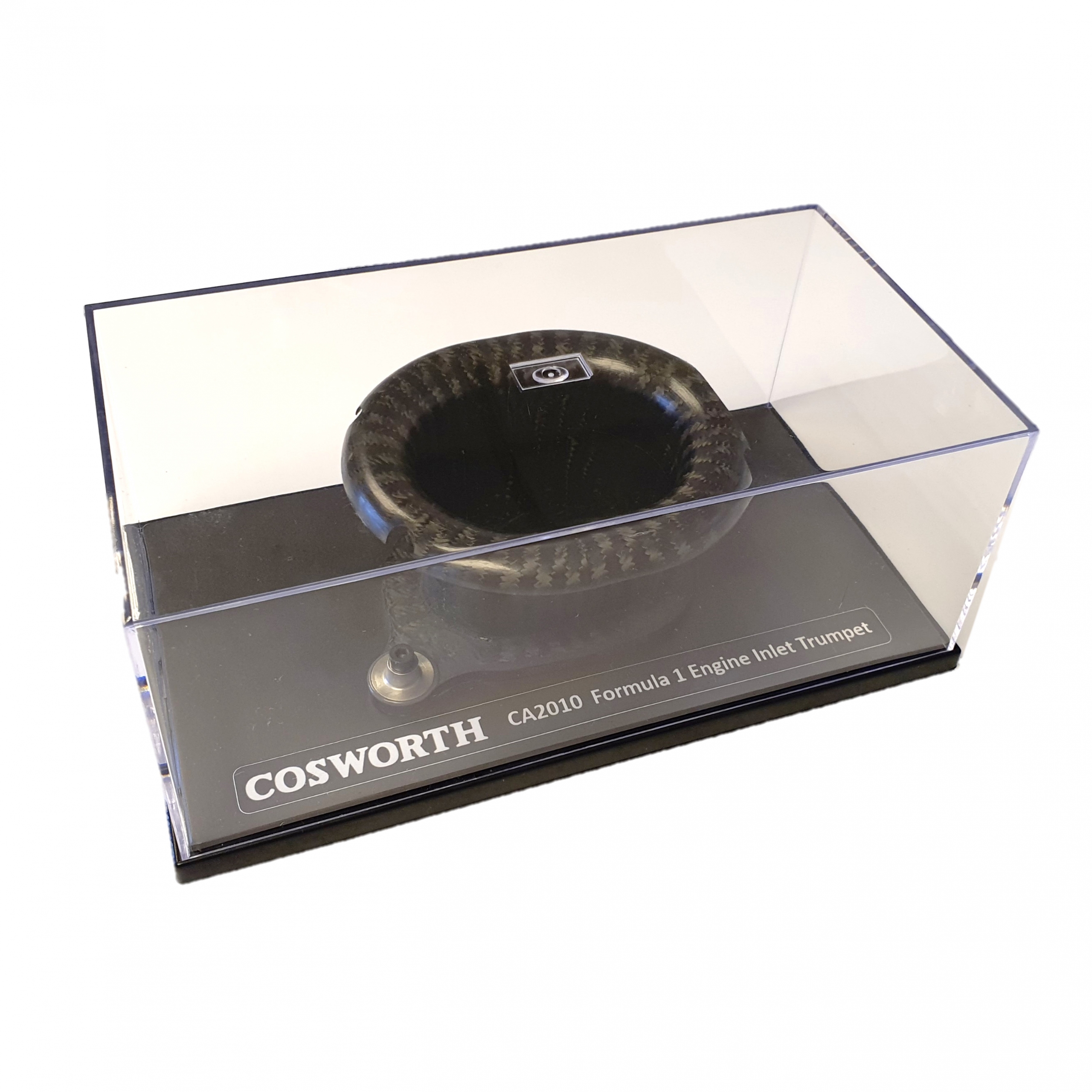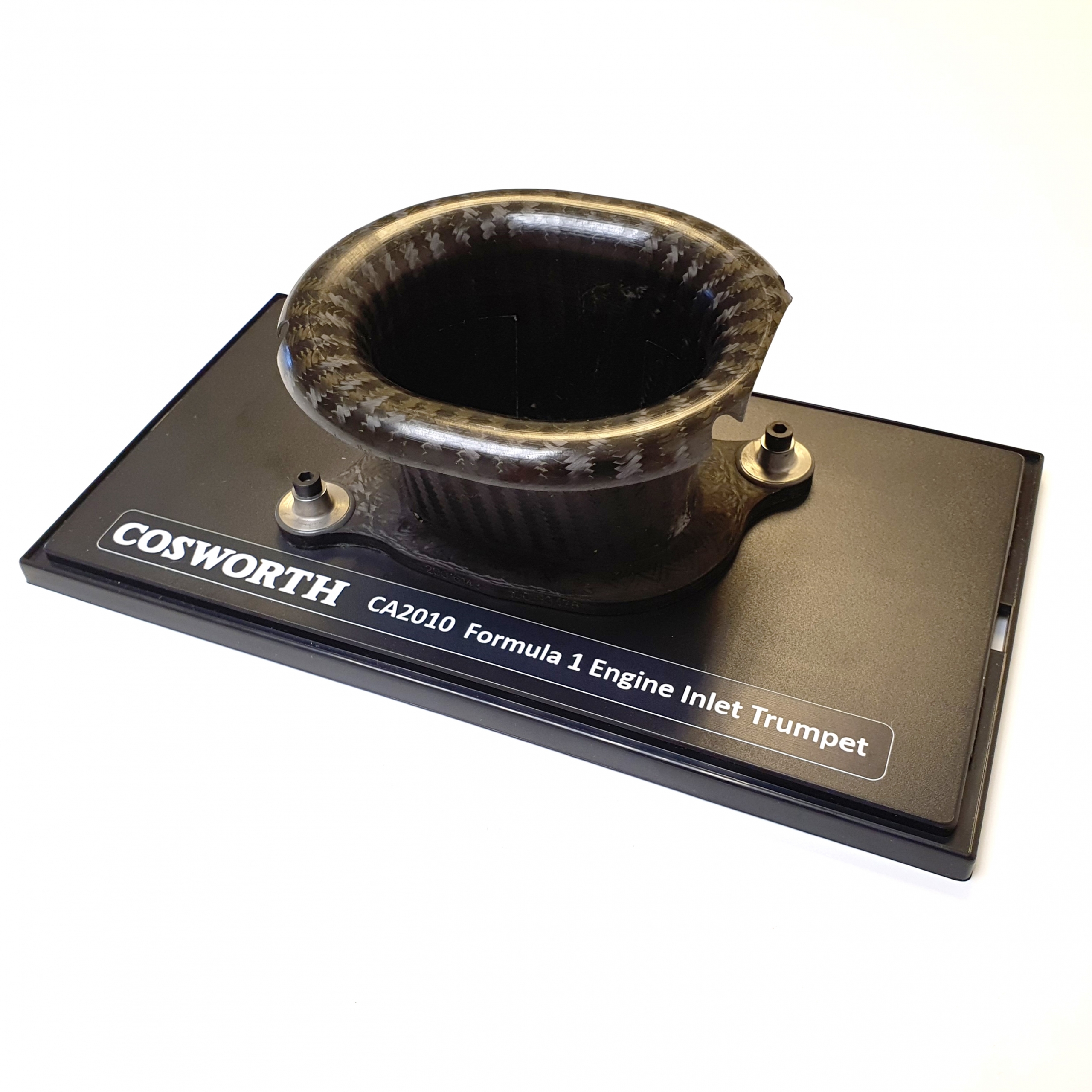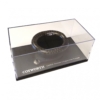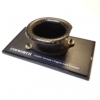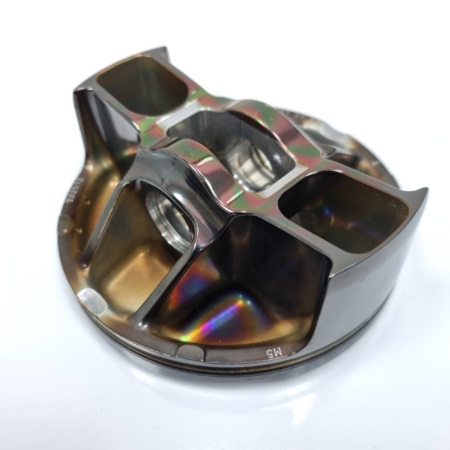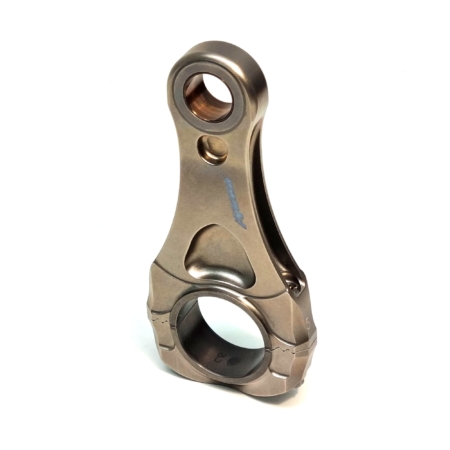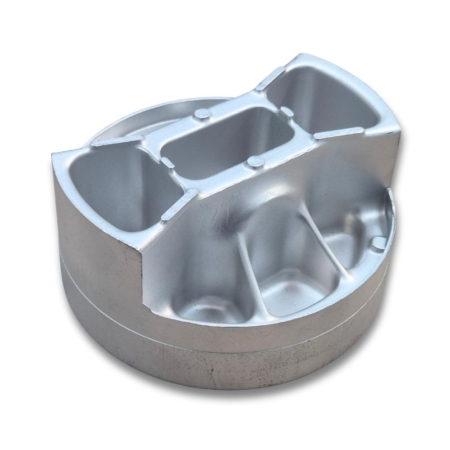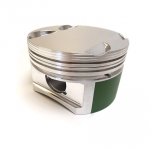Description
Fancy owning an actual Formula 1 engine trumpet? Well, now you can own a piece of Cosworth history! This is an actual inlet trumpet from the CA2010 Formula 1 engine. These parts have been raced by Williams and the new teams in the 2010 season. Presented in a clear perspex display case, this trumpet is one of a limited set available.
Please note that the dispatch of this part is normally 2 to 3 working days after ordering.
Cosworth CA Engine
The final Formula 1 engine from Cosworth, codenamed the CA, took all of the knowledge gained from decades of competition in F1 and turned this know-how into probably one of the best Cosworth engines ever. The CA was introduced in 2006 with Williams, and saw Cosworth return to the production of V8 normally aspirated engines that began with the DFV back in 1967. Capable of 20,000 rpm, the CA became the new benchmark for F1 powerplants.
After a brief sabbatical, Cosworth returned to the grid in 2010 with an updated version of the CA. By now the rules had dropped the maximum speed to 18,000 rpm. Nevertheless, the CA2010 engine was still able to produce in excess of 775 bhp. Consequently, the CA2010 was the ideal choice for both Williams and for the three new teams in F1 (Virgin Racing, Lotus Racing and Hispania Racing).
Inlet Trumpet
An important facet in achieving these mind-boggling speeds was the finely-tuned induction of air and fuel into the combustion chamber. Cosworth worked extensively to create inlet ports that would channel this air and fuel mixture into the cylinder head with the least resistance. One important component in the port design was the inlet trumpet, which had to collect the air from the airbox and guide it into the port. In addition, the trumpet had to catch the fast-flowing jets of fuel from the overhead injector. Hence the shape and construction of the trumpet was critical to the performance of the engine.
For light weight, the trumpet was manufactured from carbon fibre that was bonded to an aluminium base. The inner surface of the trumpet was the moulded side to give a superior finish. As a result, this helped to reduce the drag on the incoming air. Each trumpet had two bosses that allowed the trumpet to be fastened through the airbox into the throttle body. The airbox contained eight trumpets (one per cylinder), all with different heights to ensure that each cylinder behaved as intended.
Dimensions of Display Case:
- Length = 23 cm
- Width = 12 cm
- Height = 9 cm

